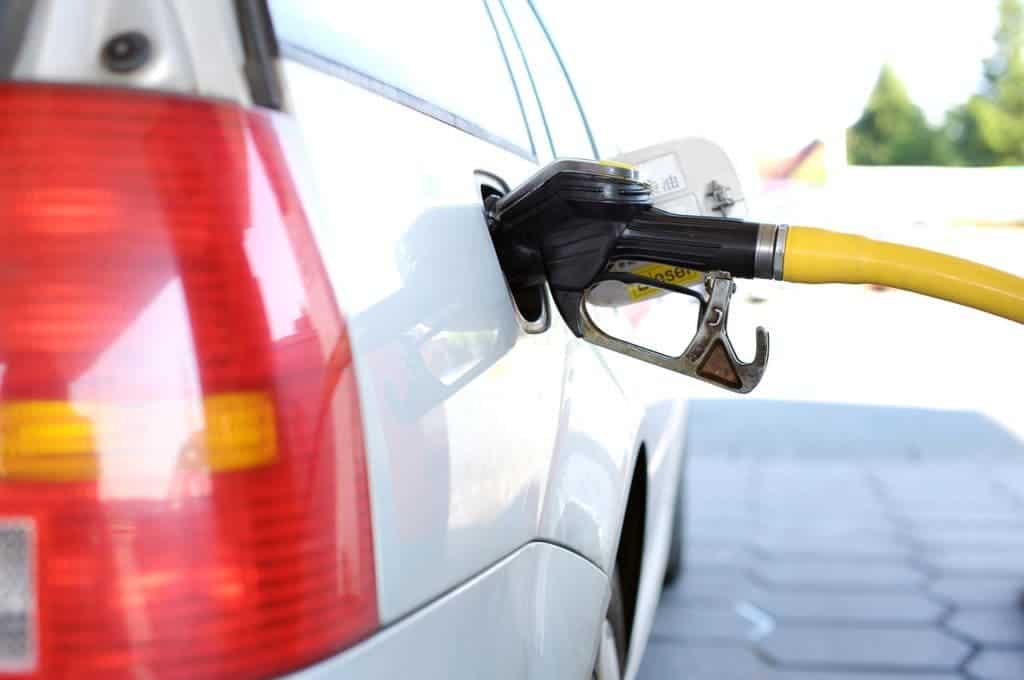
Researchers examined 11 major car markets around the work that collectively account for 80% of the new diesel vehicle sales in 2015, only to find these vehicles emit far more nitrogen oxides (NOx) than expected. The findings suggest that the vehicles emitted 13.2 million tons of NOx under “real-world” driving conditions or 4.6 million tons more than the 8.6 million tons expected from vehicles’ performance under official laboratory tests.
“Regulated NOx emission limits in leading markets have been progressively tightened, but current diesel vehicles emit far more NOx under real-world operating conditions than during laboratory certification testing,” the researchers reported in the journal Nature.
Along with CO2 and CO, nitrogen oxide is one of biggest contributors to air pollution. NOx gasses react to form smog and acid rain as well as being central to the formation of fine particles (PM) and ground-level ozone, both of which are associated with adverse health effects like disability, lung cancer, heart disease, and more.
“On-road diesel vehicles produce approximately 20 per cent of global anthropogenic emissions of nitrogen oxides (NOx), which are key PM2.5 and ozone precursors,” the researchers said.
In September 2015, German automaker Volkswagen admitted to installing so-called “defeat devices” in 11 million diesel cars meant to rig emission tests they would have otherwise failed. When the EPA run tests on VW models, it found emissions up to 40 times the limit. Later, it was found these defeat devices were far more common and that VW was definitely not alone. Renault, Nissan, Hyundai, Citroen, Fiat, Volvo, everyone did it. Bluntly, according to a 2016 report, 97% of diesel cars don’t respect official polluting limits.
To see how much NOx pollution these vehicles cause, researchers examined the most important diesel car markets in the world. The team was comprised of researchers at the International Council on Clean Transportation and Environmental Health Analytics, LLC., in collaboration with scientists at the University of York’s Stockholm Environment Institute (SEI), University of Colorado, and the International Institute for Applied Systems Analysis.
Key findings from the SEI report include:
- Heavy-duty vehicles, such as commercial trucks and buses, were by far the largest contributor worldwide, accounting for 76% of the total excess gas emissions.
- Five of the 11 markets that were analyzed, Brazil, China, the EU, India, and the US, produced 90% of that.
- For light-duty vehicles, such as passenger cars, trucks, and vans, the European Union produced nearly 70% of the excess diesel nitrogen oxide emissions.
- On-road diesel vehicles contribute 55% of global surface transportation NOx emissions, consistent with other estimates.
- The excess diesel vehicle NOx emissions in 2015 were linked to 38,000 premature deaths worldwide. Most of these deaths were linked to the European Union, China, and India.
If diesel NOx emissions were actually in line with the certification limits then ozone mortality would be 10% lower each year, said Susan Anenberg, co-Founder of Environmental Health Analytics, LLC, during a statement.
Cheating the standards costs society a lot of money but also human lives. The impact of all real-world diesel NOx emissions could grow to 183,600 early deaths in 2040 alone unless something is done to stop fraud and stringent standards are actually implemented.
Part of the reason why defeat devices are so widespread across nearly all manufacturers can be traced back to a loophole in the European Union’s emissions law. Essentially, though defeat devices are banned, an odd loophole gives automakers wide discretion to use defeat devices if these ensure the engine is protected or safeguards the vehicles. The U.S. is less affected because it requires automakers to submit a list of such devices.
Chris Malley, from the SEI, University of York, said: “This study shows that excess diesel nitrogen oxide emissions effect crop yields and a variety of human health issues. We estimate that implementing Next Generation standards could reduce crop production loss by 1-2% for Chinese wheat, Chinese maize, and Brazilian soy, and result in an additional four million tonnes of crop production globally.”
Will automakers smarten up by themselves? They likely won’t — not if we’re to judge from the most recent development. One year after the VW scandal broke out, campaign group Transport and Environment claims nearly 30 million cars on Europe’s roads are still way over air pollution limits. According to the campaign group’s study, Fiat and Suzuki diesel cars spew out 15 times more nitrogen oxide than the current legal limit. Even Volkswagen Euro 6 cars that were sold after the defeat device scandal belched out nearly twice as much as the official standard.






